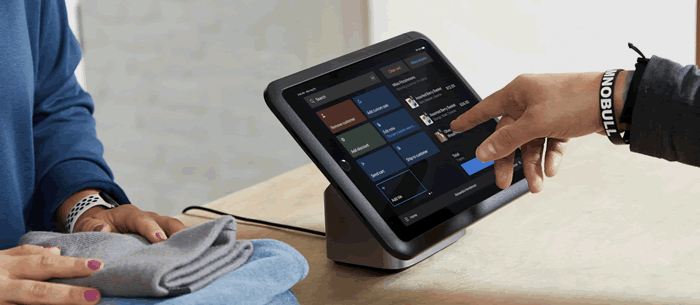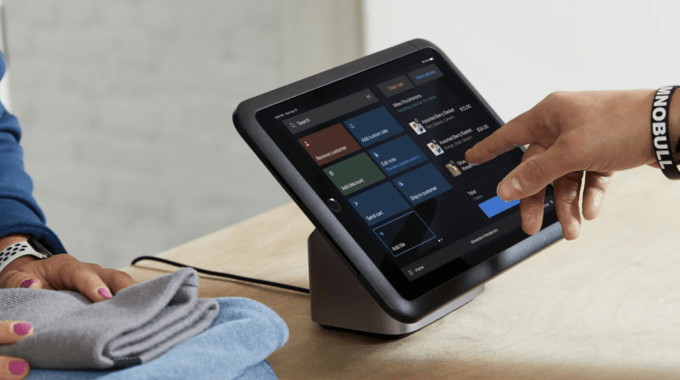What is a POS system and Why Do You Need One

Running an online store and exploring selling products in person? You’ll need a point-of-sale (POS) system to check out customers and accept payments.
But finding the right POS system for your business can be challenging. With a vast array of options, features, and reviews to compare, knowing which POS to choose can feel daunting.
That’s why we’ve prepared this comprehensive guide to POS systems. Read on to learn everything you need to know to choose the best point-of-sale solution for retail selling.
Start selling online now with Shopify
Start your free trial



What is a point of sale?
A point of sale, or point of purchase, is the place in your retail shop where transactions are completed. Think of your store’s checkout counter—that’s your point of sale because it’s where you check out shoppers, take payments, and issue receipts.
What is a POS system?
A point-of-sale (POS) system is the software and hardware that helps your business make sales and accept payments from customers in person. It works just like a cash register, except that it lets you track sales, manage inventory, collect customer contact information, and much more. Modern POS systems also route funds to your bank account …













